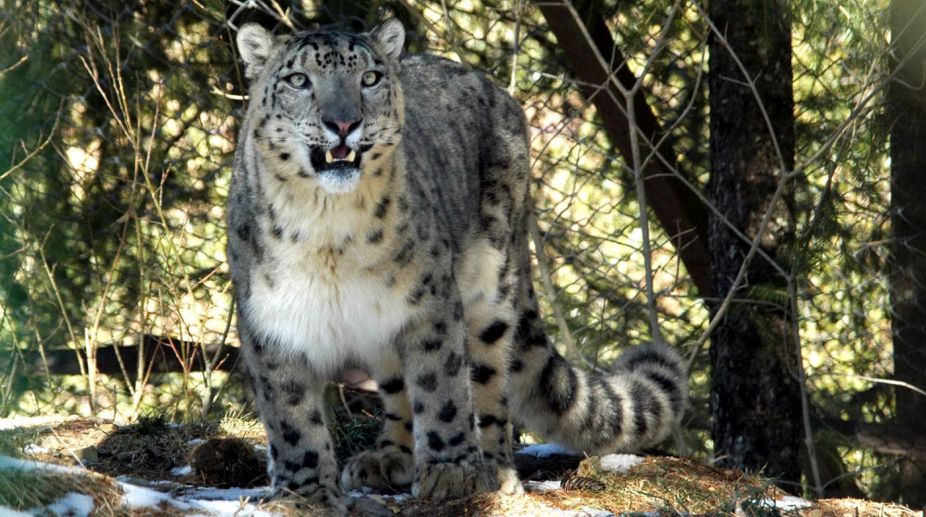The much ambitious project of the Himachal Pradesh government to tie radio collars on the elusive and highly endangered snow leopard in the steep and rocky cliffs of Spiti Valley and its surrounding areas is hanging fire due to non-availability tranquilising drugs.
The state Wildlife department had tied up with Mysore-based Nature Conservation Foundation in 2012 to tag snow leopard with radio collar which was the country’s first attempt on this wild cat species.
The project, however, is hanging fire due to non-availability of tranquilising drugs and expertise in tracking elusive wild cat, though it has been captured on camera.
Officials in the Wildlife department said that they would now seek permission from the Union government to import the tranquilising drugs from foreign countries to implement the project.
“We are continuing with efforts to protect and conserve Snow Leopard species in the state and the tranquilising drugs would be procured soon for tagging wildcats,” Dr G S Goraya, Principal Chief Conservator of Forests, Wildlife Wing told The Statesman.
The drugs are likely to be available in the state in coming months and the Wildlife department officials are hopeful of finally starting the project by October or November, 2017.
The snow leopard, a graceful golden-eyed animal with thick fur, padded paws and a long tail, is found in rocky regions of Himalayas at an altitude of 2,700 to 6,000 metres.
Apart from the Spiti Valley, which has over 60-70 wildcats as per initial estimates, the state’s Pin Valley National Park, the Kibber Wildlife Sanctuary, the Great Himalayan National Park and the Pangi and Bharmour areas of Chamba district also reported to have a sizeable population of the snow leopard.
Wildlife officials said the radio collars would enable tracking of the snow leopards' movements through global positioning system (GPS) technology. It would help the experts in finding out more its behaviour, reasons for attacking domestic animals and coming closer to human habitations and its natural prey base.
Wildlife experts say that the Spiti Valley in Lahaul Spiti district of Himachal Pradesh had a sizable population of prey species like the Asiatic ibex, a wild goat species, Himalayan blue sheep and the wolf points out towards a sizable number of the wild cats in the area.
Snow leopards have been categorised as an 'Endangered Species' by the International Union for Conservation of Nature (IUCN) and half of its global population is found in China, India and Nepal.
China has the largest population of snow leopards which is estimated at 2,000-2,500, followed by India with an estimated population of 400-700 and Nepal which has over 300-500 wildcats of the endangered species.











